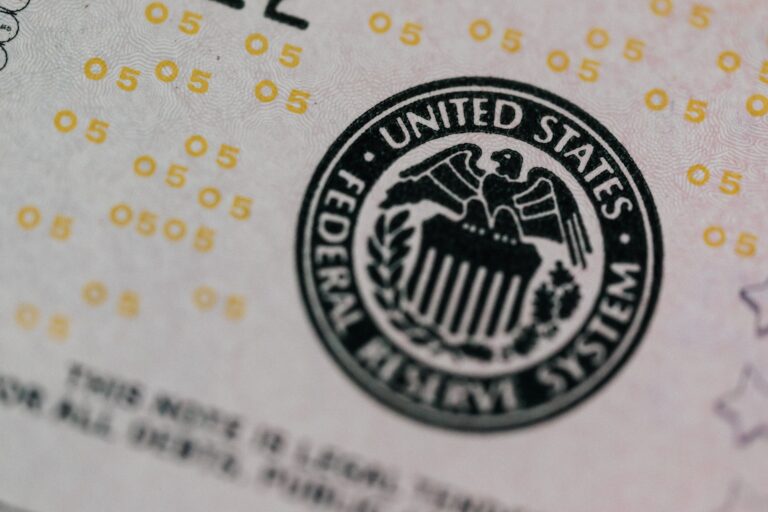
Morning Brief – CPI and the US Dollar
CPI and the US Dollar
In recent sessions, EURUSD has found what appears to be an increasingly comfortable perch above 1.10. Yesterday, a CPI inflation reading in the USA helped to secure that fortune, at least in the short run. Despite headline inflation year on year only just scraping in below expectations, the reading was sufficient to move markets. None more so than within USD and Dollar funding markets which benefitted from expectations that the Fed may have less work to do to tame inflation than previously expected.
The data showed that 12-month inflation was just 3%, significantly below the benchmark rates set at the Fed and adopted by markets. When nominal interest rates are significantly higher than nominal inflation, the nation is seen to provide a positive real yield. This makes monetary tightness significantly more potent with respect to tackling inflation, adding weight to the rhetoric of an imminent end to the US hiking cycle. Despite still offering a high nominal rate of interest, the adjustment to the forward curve was still sufficient to undermine demand for the US Dollar.
The data was just 0.1% shy of expectations, but a reading so close to the Fed’s target rate of inflation attracted significant attention. Core inflation too came in 0.2% lower than forecasted at 4.8% leading to the conclusion that Fed tightening has had an impact upon price levels in the US. The reading should help support EURUSD above 1.10 so long as any downside surprises in the Eurozone don’t impact the Euro. As we saw yesterday in the case of the Indian inflation data, we should always be wary of a shock to inflation. In India, a spike in the price of tomatoes was sufficient to contribute north of 1% to month on month inflation alone. Whilst this does not serve as an admonition to investors to watch out for the price of tomatoes it is a reminder that micro-inflation can be created from anywhere and disturb an otherwise orderly return to target inflation.
Discussion and Analysis by Charles Porter

Related Insights

Daily Brief – Weak foundations
Weak foundations After a rally of around 15% year to date, there is significant cognitive and technical room for consolidation within EURUSD. Implied volatility has been rising given the macroeconomic backdrop that markets have encountered this year. Even within such an environment, a 15% rally in the market’s most traded instrument is still enormous. But […]

Daily Brief – Weren’t Tariffs USD Negative?
Weren’t Tariffs USD Negative? The Dollar proved sensitive to headlines regarding trade during the US overnight session. However, contrary to what many commentaries would have you believe, as the risk of tariffs escalated the Dollar rose. The 90-day pause following Trump’s April ‘liberation day’ tariffs had been set to expire this coming Wednesday. To the […]

Daily Brief – Dollar Reserves
Dollar Reserves With the passing of Trump’s original deadline for the reimposition of liberation day tariffs yesterday, markets have breathed a sigh of relief. July VIX futures continued to slide lower. Moreover, what may surprise anyone who had been expecting the issue of tariffs to resurface following the passing of Trump’s new deadline, so too […]


